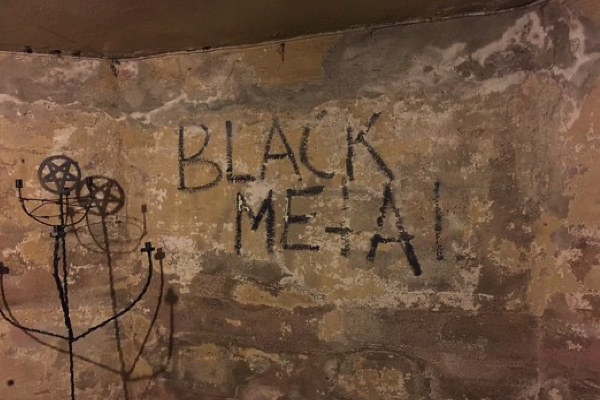The early 1980s saw the debut of several black metal bands. Satanic imagery made way for an interest in alternate religious themes that contradicted Christianity. These ideas were more widespread in Scandinavia, especially among most of the younger black metal bands. They came to believe that their ancient Norse culture had been diluted by the Judeo-Christian beliefs.
As a result, many of them publicly turned to religions like Asatru. These religions predate the arrival of Christianity in the region and are characterized by the worship of Norse gods. Deities like Thor were admired by these black metal musicians and they also praised the Viking resistance to Christianity.
Some bands also demanded that the metal genre be freed from the influence of American rock. They wanted to shift to a purely European musical form, which revered their culture. However, no concrete evidence of violence was found beside the aggressive song lyrics.
The spread of black metal ideas in Norway
Such ideas found favour with a small group of young Norwegian musicians in the early 1990s. They often gathered at Helvete, a record shop in Oslo. The meaning of the word Helvete in the local language is ‘hell’. During such gatherings, some intense conversations took place on matters regarding music, self-reliance, and personal strength.
The writings of Friedrich Nietzsche, a 19th-century German philosopher, were also discussed. These young musicians were fascinated by the idea that non-conformity and strength thrived in pre-Christian Scandinavia. It sparked in them an intense admiration for the authentic native culture.
They began to consider Christianity as a weaker religion when compared to the ‘heathen’ culture. This prompted the black metal bands to paint their faces to look like corpses. Some of them wore spiked gauntlets and bandoliers. There were some who even performed with animal blood on the stage.
Violence in black metal
In the early 1990s, a desire to crush the weaker and impure ways emerged during the gatherings at Helvete. Members of these small groups began plotting ways to unleash their darker side. Some of them indulged in grave desecration and murder.
One such infamous incident was the murder of a homosexual man. The musician had stabbed the gay man for demanding sexual favors from him. This incident had happened in a park meant to be a place where gay men met for sex.
The opposition of black metal bands to Christianity also resulted in a series of church burnings. During 1992, many black metal musicians had burned churches in several Norwegian cities. Some of them were many centuries old. Arsons were witnessed throughout 1995 in Norway and Sweden.
Despite such incidents, there’s one thing that’s worth noting. It’s the fact that most black metal musicians and fans have always criticized physical violence.
Racism in black metal
During the period between the mid to late 1990s, some black metal bands favoured racism. They were of the belief that fierce anti-immigrant and racist ideas were an integral part of their music. They borrowed the Nazi ideology and believed that the people of Europe must return to their Aryan race. Such ideas were also favoured by a small section of US-based black metal bands and their fans.
This led to the emergence of a small sub-genre of black metal called national socialist black metal. It favoured extreme violence and racial separatism. This sub-genre of black metal has maintained a steady existence in some countries. Some of them are the United States, Poland, Greece, and Australia.

